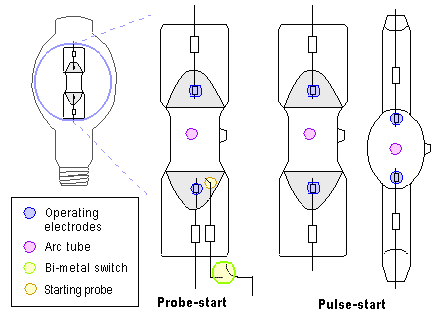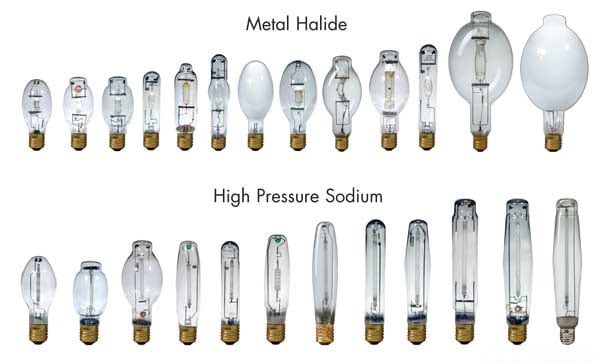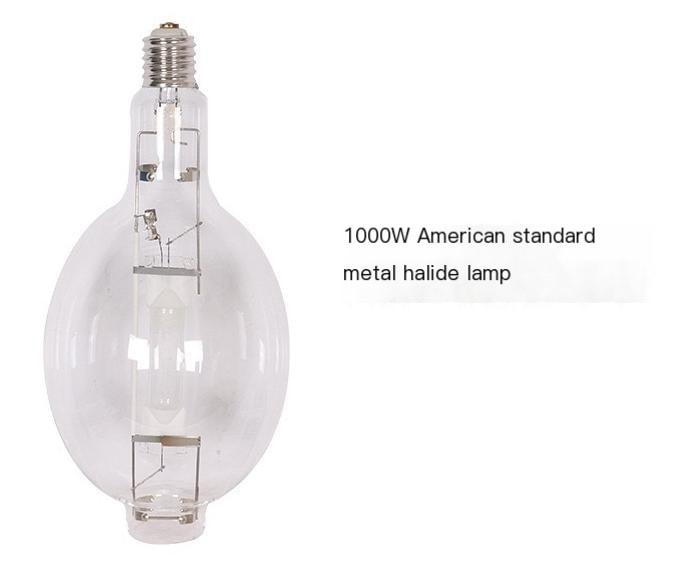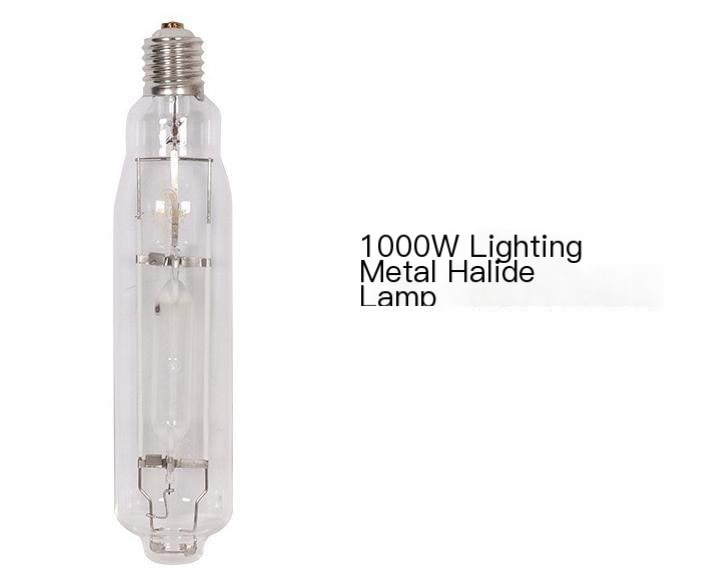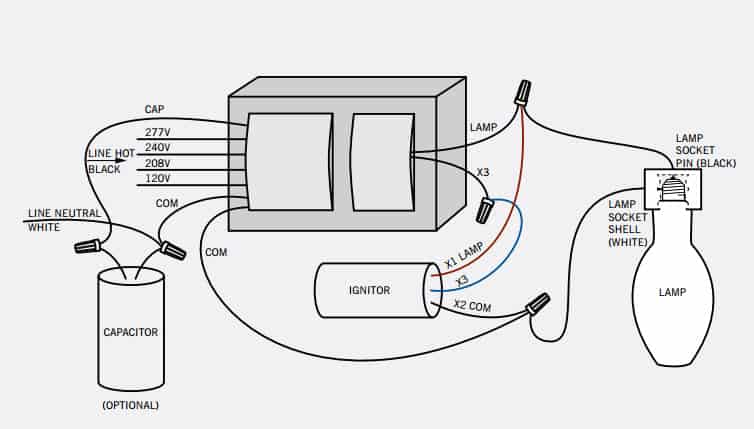Deciding between halogen and non-halogen light bulbs can be confusing because they have different features and uses.
Halogen light bulbs are different from non-halogen light bulbs in terms of brightness, life, energy efficiency, and heat. Halogen light bulbs use a tungsten filament and halogen gas. Non-halogen light bulbs come in various types, including incandescent, fluorescent, and LED.
Let’s talk about the main differences between these two types of light bulbs.
How Halogen Lamps Work
Halogen lamps operate using a tungsten filament inside a small bulb filled with halogen gas. This design gives them distinct advantages in terms of brightness and efficiency. The tungsten filament works by heating up as electricity passes through it, which produces light.
However, unlike traditional incandescent bulbs, halogen lamps are filled with halogen gas, which helps prevent the filament from wearing out as quickly. The halogen gas redeposits evaporated tungsten back onto the filament, a process known as the halogen cycle, allowing the bulb to maintain brightness and extend its lifespan.
One of the most notable features of halogen lamps is their brightness. They produce a sharp, bright light that is often preferred for applications requiring focused illumination.
In terms of efficiency, halogen lamps provide higher luminous output compared to traditional incandescent bulbs, meaning they generate more light per watt of electricity used. This makes them an excellent choice for spotlights, vehicle headlights, and areas where concentrated light is needed.
How Non-Halogen Lamps Work
Non-halogen lamps encompass a broad category that includes incandescent, fluorescent, and LED lamps. Each type uses different technology to produce light. Traditional incandescent lamps, for instance, also use a tungsten filament but lack the halogen gas found in halogen lamps. As a result, the filament in incandescent bulbs deteriorates faster, leading to a shorter lifespan. Fluorescent lamps, on the other hand, work by using an electrical discharge through mercury vapor to produce ultraviolet light. This UV light excites a phosphor coating inside the tube, emitting visible light.
LED lamps represent the most advanced technology among non-halogen lamps. They use light-emitting diodes to produce light and are far more efficient than both halogen and incandescent lamps. LEDs convert electricity directly into light, which means they require significantly less power and generate very little heat. This makes them highly energy-efficient and long-lasting, ideal for general lighting applications.
Energy Efficiency and Lifespan
Energy efficiency and lifespan are critical factors when comparing halogen and non-halogen lamps. Halogen lamps are more efficient than traditional incandescent bulbs but still fall behind other technologies in terms of energy savings. On average, a halogen lamp has a lifespan of 2,000 to 4,000 hours, which is longer than a standard incandescent bulb but far shorter than LEDs. Additionally, halogen lamps tend to consume more electricity than other modern options like LED or fluorescent lighting.
Non-halogen lamps, particularly LEDs, are the leaders in energy efficiency. LED bulbs use up to 80% less energy than halogen bulbs while offering much longer lifespans, typically ranging from 25,000 to 50,000 hours or more. Fluorescent lamps are also more energy-efficient than halogens, though they don’t last as long as LEDs and contain small amounts of mercury, making disposal more complicated. Overall, LEDs provide the best combination of low energy consumption and longevity, making them the most cost-effective option over time.
Heat Production and Safety
Another important distinction between halogen and non-halogen lamps is heat production. Halogen lamps tend to operate at much higher temperatures than non-halogen options. The tungsten filament in a halogen bulb reaches extreme heat levels, which not only affects energy efficiency but also raises safety concerns. Overheating can pose a risk in environments where the lamp is placed near flammable materials or where accidental contact could occur, leading to burns.
In contrast, non-halogen lamps, especially LEDs, produce significantly less heat. LEDs are known for their cool operation, which makes them safer for use in a variety of settings, including close to objects or people. Fluorescent lamps also produce less heat compared to halogen bulbs, though not as little as LEDs. The lower heat output of non-halogen lamps contributes to their energy efficiency and makes them a more comfortable and safe lighting solution, particularly in environments where temperature control is important.
Applications and Best Uses
The differences in technology, efficiency, and heat production between halogen and non-halogen lamps lead to varied uses depending on the lighting requirements. Halogen lamps are often chosen for applications where intense, focused light is necessary. They are commonly used in automotive headlights, spotlights, and task lighting where a bright, sharp beam is essential. Their ability to deliver natural-looking light also makes them popular in photography, theater, and other areas where color accuracy is critical.
Non-halogen lamps, especially LEDs, are more versatile and are widely used for general lighting in homes, offices, and commercial spaces. LEDs have rapidly become the standard for residential lighting due to their energy savings, longevity, and cool operation. They are also widely used in street lighting, smart lighting systems, and industrial applications. Fluorescent lamps, while being phased out in favor of LED technology, are still used in large commercial settings and industrial environments where wide area lighting is needed at a lower cost.
Final Words:
The differences between halogen and non-halogen light bulbs are in how efficient they are, how much heat they put out, and what you should use them for.

